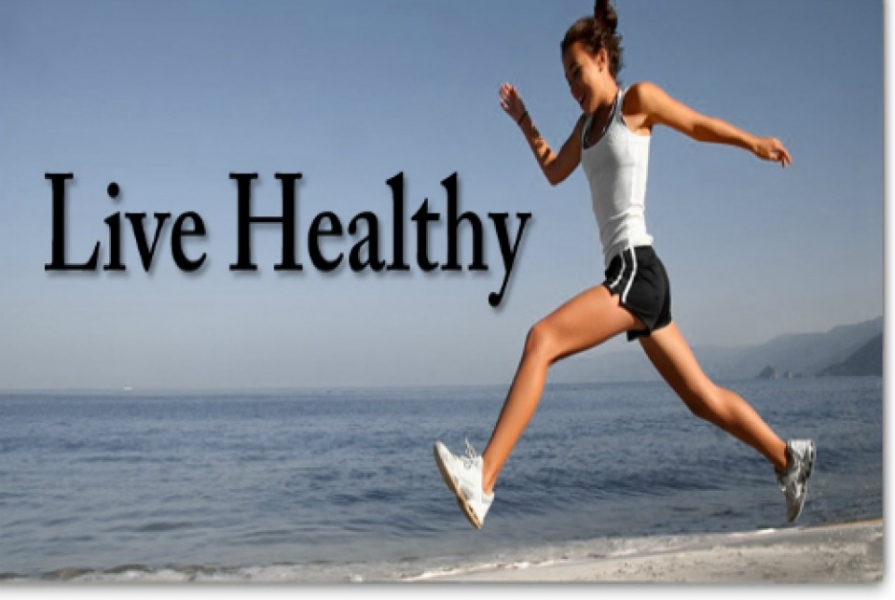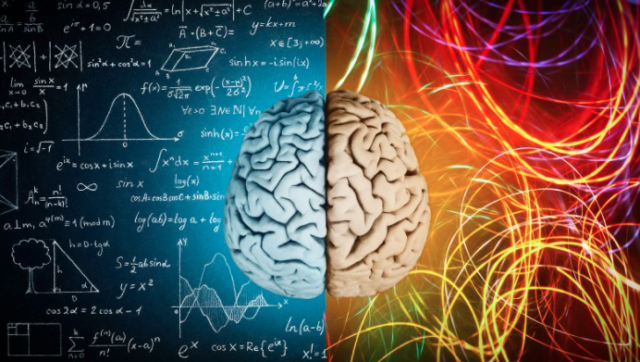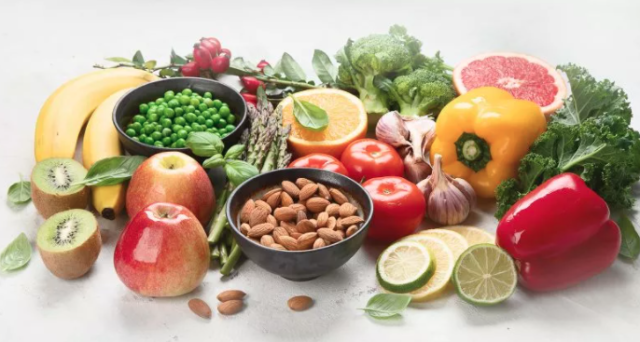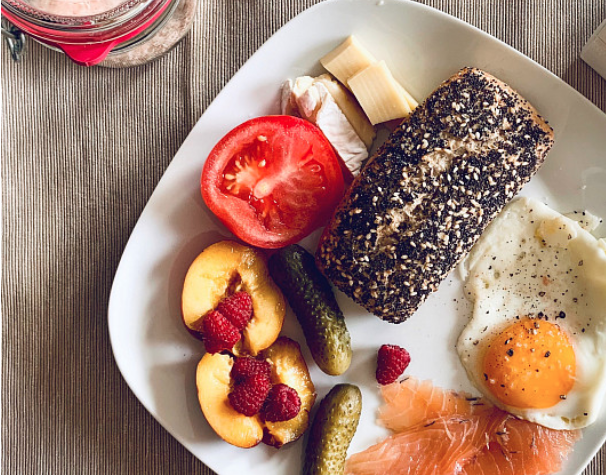“Maintain immunity” is a phrase that has long entered the lexicon. Many people care about their health, listen to the body and strengthen their immunity. At the same time, few people understand how immunity functions and what it consists of.
Together with Elena Selina, a nutritionist, an expert at the largest health and beauty marketplace, we figure out what is meant by immunity and the organs of the immune system.
Specific and non-specific immunity
Immunity is a set of reactions of the body to protect against genetically foreign objects for our body: bacteria, viruses and other harmful substances.
There are two immunities in the body of every person: innate and acquired. The first – congenital, or specific, – a person receives from his mother, and it develops in him even in utero. It is genetically predetermined, passed from generation to generation, and automatically turns on when antigens enter the body, independently removing them from there. That is why, for example, a person cannot get sick with canine diseases.
Acquired immunity is also called nonspecific and is formed in a person throughout his life. It cannot be inherited, it must constantly independently learn to develop resistance to antigens – viruses, bacteria. And to remove them, he resorts to the help of his “brother” – innate immunity.
Where does immunity come from?
The very first person receives immunity through the mother’s placenta, then through breast milk. It is a natural, active immunity that the body learns to produce. There is also an artificial passive immunity that we get through vaccination. Ready-made antibodies or weakened microorganisms are introduced into the body, on which the immune system learns to fight certain diseases.
Organs of the immune system
The organs of the immune system are subdivided into central and peripheral. The central ones are the red bone marrow and thymus. The peripheral ones are the spleen, lymph nodes, lymphoid tissue, and appendix.
Redbone marrow is responsible for blood formation. It is in it that all cells of the immune system are born and B-lymphocytes mature.
The thymus, or thymus gland, is located in the upper chest. It produces hormones that support the body’s immune response and stimulates the production of antibodies. Also, the thymus gland is responsible for the development and distribution of lymphocytes that enter it from the red bone marrow.
The spleen is located in the left hypochondrium and is responsible for filtering blood and producing antibodies that will resist viruses and bacteria.
Lymph nodes, of which there are more than a thousand in the body. Their task is to pass lymph and lymphocytes through themselves and retain antigens. If the infection enters the body, and there are not enough lymphocytes, the body begins to intensively produce them, and the load on the lymph nodes increases significantly. At this point, they enlarge, harden and become painful.
Lymphoid tissue is a system of macrophages and lymphocytes that is present in many organs in the body. For example, it is found in the spleen, bronchi, intestines, bladder, kidneys, and many mucous membranes. The main task is to protect the body.
Appendix. Many people think that this is an unnecessary appendage. In fact, it contains a lot of lymphoid tissue, which, in turn, is part of the peripheral immune system of the body.
How to strengthen immunity
A person is able to help his body resist various infections that constantly enter the body. If all organs of the immune system are working properly, they will fight off viruses and harmful bacteria.
Strengthens the immune system with proper nutrition, exercise, walking in the fresh air, reducing stress, and taking vitamins and minerals regularly. Essential vitamins that help our immune system: Vitamin A, Vitamin B6, Vitamin C, Vitamin D, Zinc.













